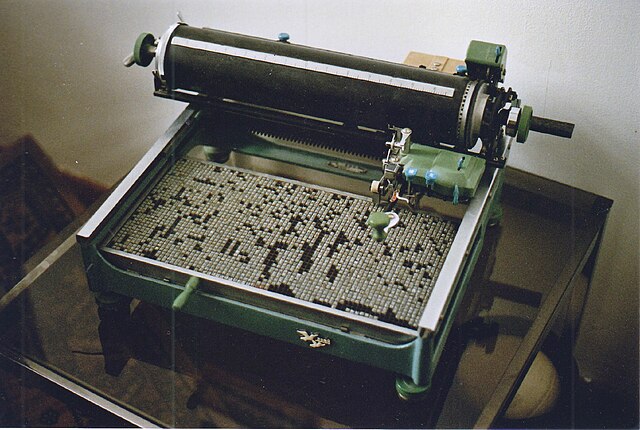Several input methods allow the use of Chinese characters with computers. Most allow selection of characters based either on their pronunciation or their graphical shape. Phonetic input methods are easier to learn but are less efficient, while graphical methods allow faster input, but have a steep learning curve.
An early experimental Chinese radical keyboard using 496 keys for input was developed by researchers of National Chiao Tung University in Taiwan, but was never widely used.
An electronic dictionary with Cangjie keyboard
Typewriters that can type Chinese characters were first invented in the early 20th century. Written Chinese is a logographic writing system, and facilitating the use of thousands of Chinese characters requires more complex engineering than for a writing system derived from the Latin alphabet, which may require only tens of glyphs. An ordinary Chinese printing office uses 6,000 Chinese characters. Chinese typewriters, and similar Japanese typewriters invented by Kyota Sugimoto, which use kanji adopted from the Chinese writing system, started to appear only in the early 20th century. There have been at least five dozen different models of Chinese typewriter, ranging from sizable mechanical models to sophisticated electric word processors.
A Double Pigeon mechanical typewriter for Chinese from the 1970s. The characters can be assorted on the board and can be picked separately and then typed.
Hou-Kun Chow, inventor of the first Chinese typewriter




